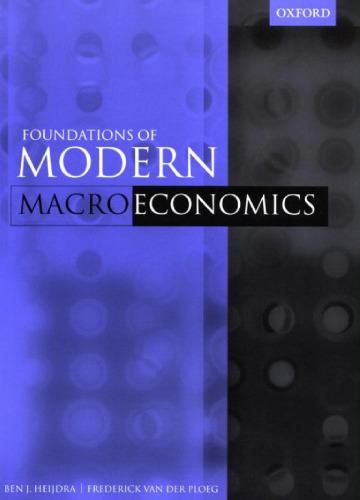Not surprisingly, in view of Modigliani's interpretation of the Keynesian innovation, the crucial assumption that the neo-Keynesians
Question:
Not surprisingly, in view of Modigliani's interpretation of the Keynesian innovation, the crucial assumption that the neo-Keynesians use is the notion of comprehensive price and wage fixity (in the short run). As we have already seen in the previous chapters, the non-functioning of a price signal implies the automatic emergence of a quantity signal. For example, a large part of the Amsterdam market for rental accommodation is price regulated. As a result the price signal is not allowed to do its job (of clearing the market) and large waiting periods of up to ten years or more are the consequence (that is the quantity signal). Similarly, the long queues one used to routinely observe in the Eastern Bloc countries are a tell-tale sign of quantity signals taking over where price signals are not allowed to work.
Hence, given the assumption that prices and wages are fixed, it should come as no surprise that macroeconomic quantities such as output and employment will be influenced. More precisely: we should expect rationing to emerge in one or more markets. For example, if the real wage W /P is "too high", one would expect the demand for labour to be "too low" vis-a-vis labour supply and unemployment to exist. (As it turns out, however, this basic intuition in some cases provides an incorrect causal link between the level of real wages and unemployment.) But if agents are unemployed, they are likely to change their consumption plans also. In other words, the problem that exists in one market (e.g. an excessive real wage) also has an effect in the other market (e.g. lower demand for goods because the unemployed consume less). This is an example of so-called spillover effects that may exist between markets.
Step by Step Answer:

Foundations Of Modern Macroeconomics
ISBN: 9781264857937
1st Edition
Authors: Ben J. Heijdra, Frederick Van Der Ploeg






